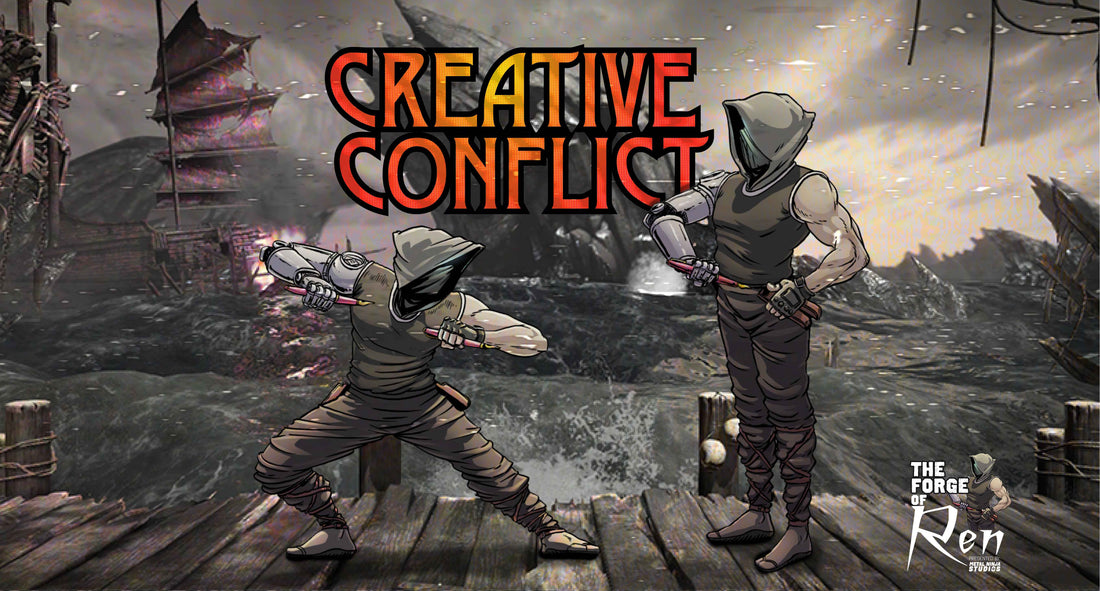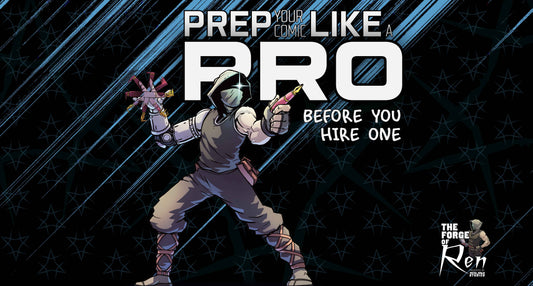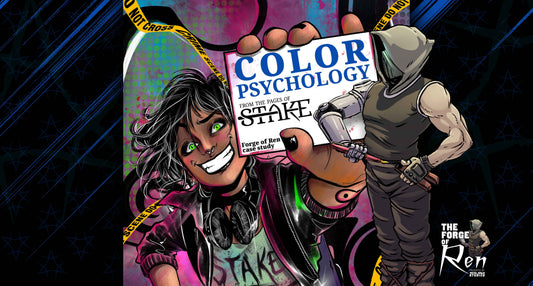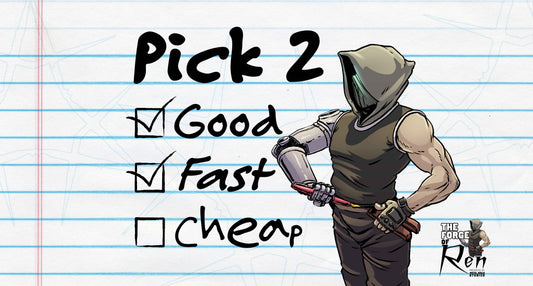Introduction
Conflict is inevitable in any creative collaboration, especially in high-pressure, passion-driven fields like comic book production. When ideas clash, tensions rise, but these moments often hold the key to more significant innovation and personal growth. The goal isn’t to avoid conflict but to manage it in a way that turns disagreements into opportunities to strengthen your team and elevate your project. In this blog, we’ll explore actionable steps to transform creative clashes into catalysts for growth.
Recognizing the Value of Conflict
Creative conflict is often misunderstood. While it can feel uncomfortable in the moment, it’s usually a sign of passionate engagement with the project. When team members care deeply about the work, differing opinions are bound to emerge. These differences can spark innovation, offering new perspectives and pushing boundaries. For example, some iconic comic book storylines emerged from heated debates over character arcs or artistic styles.
A notable example is the creation of Marvel’s Dark Phoenix Saga in Uncanny X-Men. Writer Chris Claremont and artist John Byrne disagreed significantly over Jean Grey’s transformation into Dark Phoenix. Byrne felt that Claremont’s portrayal of Phoenix made her too powerful and overshadowed the rest of the team. Editor Jim Shooter added another layer of complexity, insisting on a morally significant conclusion to the storyline. This creative tension led to the dramatic decision to turn Jean Grey into a villain, ultimately resulting in her death at the storyline’s climax. The conflict between these creators, documented in Phoenix: The Untold Story and interviews with Claremont, Byrne, and Shooter, turned a challenging collaboration into one of the most celebrated arcs in comic book history.

Instead of viewing conflict as a barrier, reframe it as an opportunity. Ask yourself: What can we learn from this disagreement? How might it improve the final product? When approached with this mindset, conflict becomes a stepping stone rather than a stumbling block.
Understanding the Root Cause
Not all conflicts are created equal. To resolve a disagreement effectively, it’s essential to understand what’s causing it. Is it a clash of creative visions? Miscommunication? Or perhaps external pressures like tight deadlines?
Take time to conduct a “conflict audit.” This involves asking a few key questions:
- What is the main issue causing the disagreement?
- Is the conflict about ideas, execution, or interpersonal dynamics?
- Are external factors, like stress or time constraints, amplifying the tension?
Digging into the root cause can address the problem at its core rather than just treating surface symptoms.
Establishing Clear Communication Channels
Many creative conflicts arise from miscommunication. Frustrations can mount when everyone’s ideas aren’t fully understood or heard. That’s why establishing clear and respectful communication is critical.
Start by creating an environment where team members feel safe expressing their ideas. Use active listening techniques—paraphrase what you hear to confirm understanding and ask clarifying questions to ensure nothing gets lost in translation. Remember to use “I” statements, like “I feel this approach might better fit the story’s tone,” to share opinions without sounding accusatory.
Set ground rules for discussions, such as limiting interruptions, maintaining a respectful tone, and allowing each person a chance to contribute. These simple steps can go a long way in reducing misunderstandings and keeping the conversation productive.
Focusing on the Shared Vision
In the heat of a creative clash, losing sight of the bigger picture is easy. That’s why refocusing on the project’s shared vision is crucial. What is the ultimate goal of the comic book? What story are you trying to tell, and who is your audience?
Revisiting these foundational elements can realign team members and provide common ground. One effective strategy is to create a visual representation of the shared vision. Mood boards, character sketches, or story outlines can serve as tangible reminders of what you’re all working toward. These tools anchor the team and provide clarity and direction when conflicts arise.
Turning Conflict Into Brainstorming Sessions
Disagreements don’t have to be divisive; they can spark innovation. Instead of letting conflicts escalate, channel them into constructive brainstorming sessions. Frame the conflict as an opportunity to explore new ideas rather than as a roadblock.
Techniques like the “Yes and” approach can keep discussions positive. This method involves building on each other’s ideas rather than dismissing them outright. For example, if one team member suggests a bold plot twist, another can add, “Yes, and we could expand on that by...” This keeps the creative energy flowing.
For quieter team members, consider silent brainstorming, where everyone writes down their ideas before discussing them. This ensures all voices are heard and can lead to unexpected breakthroughs.

Implementing Solutions and Compromises
Once brainstorming yields potential solutions, the next step is deciding which idea to pursue. This is where compromise comes into play. Balancing different perspectives without diluting the project’s vision requires careful evaluation.
Test conflicting ideas on a small scale before committing fully. For instance, create mock-ups or storyboard drafts to see how different approaches play out. This method provides tangible insights and helps the team make informed decisions collaboratively.
Reflecting and Growing From Conflict
Resolving a conflict is only part of the journey. To truly grow from the experience, reflect on the process. What worked well? What could have been handled differently?
Host a team debrief to discuss these reflections openly. This will strengthen your team’s ability to handle future conflicts and reinforce the importance of learning and growing together. By embracing conflict as a natural part of creative collaboration, your team will become more resilient and cohesive.
Tips for Preventing Future Conflict
While conflict can be valuable, minimizing unnecessary clashes can save time and energy. Preventative measures include:
- Setting clear expectations and roles at the start of the project.
- Encouraging a team culture that values differing perspectives and open communication.
- Establishing a conflict resolution protocol to handle disagreements efficiently.
Proactively fostering a supportive environment can reduce friction and keep the creative process running smoothly.
Conclusion
Managing creative conflict effectively requires a thoughtful approach, but the rewards are worth it. Recognize the value of conflict as a sign of passion and engagement. Take time to understand the root causes of disagreements, foster clear and respectful communication, and refocus on shared goals. Use conflicts to brainstorm innovative solutions, implement compromises thoughtfully, and reflect on the experience to grow as a team.
To prevent unnecessary clashes, establish clear expectations, encourage open dialogue, and create a culture that celebrates diverse perspectives. These proactive steps can help your team navigate challenges with confidence and creativity.
Take action today: Identify one area in your current project where tensions may arise and apply these strategies to address potential conflicts before they escalate. Remember, every creative journey is enriched by the challenges it overcomes—and every successful collaboration thrives on turning those challenges into opportunities for growth.




